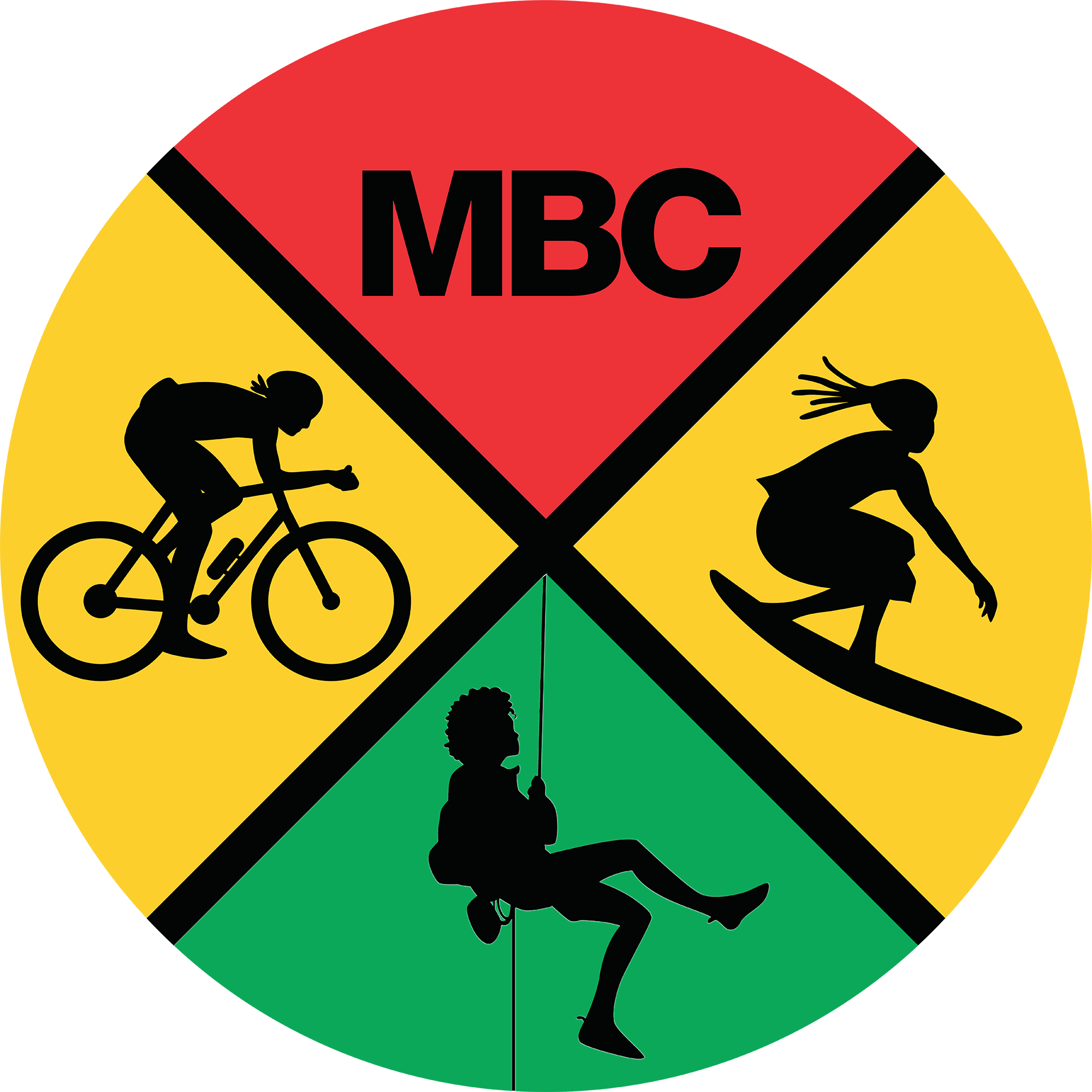5 Tips for Surviving Your First Solo Bouldering Trip
A major benefit of being a boulderer is that you have the freedom to do it anytime you want. You don’t need a partner and you don’t have to coordinate around someone else’s schedule. But it can be intimidating to be out in nature alone and it’s inherently risker than climbing with others. I have five tips to make it safer, so you can keep on sending!
Pick a crag you are familiar with for your first solo bouldering experience. It is hard to plan for a crag you haven’t experienced.
Plan your gear. You will need to know how many crash pads you will need to climb the boulder safely. But you will be limited by how many crash pads you can carry or the number of crash pads you own, so you will need to be strategic. If you don’t have enough pads to cover the boulder safely, you will need to make some judgement calls and decisions about your goals. If your goal is to just work a few moves, then you don’t need a ton of pads. If there are places that you 100% know you won’t fall on unless a dragon blew fire on you, then maybe you don’t need a pad there. Blubber pads are particularly useful because they cover a wide surface area without much weight and can soften the blow if you do suprisingly fall. You will need to know where you are most likely to fall and the places you are most likely to get seriously injured because these must be covered.
Bouldering can surprisingly require a lot of gear. Will I need microspikes on my boots to get through snowy ice? Will I need my fan or my space heater or BOTH? Space heaters and fans add considerable weight, so its good to think whether you will require these.
Plan your gear carrying system
Now you know the gear you need, but how will you get it there? If the approach is short, you can make multiple trips. If the approach is long, you’ll need to do it one trip. The definition for long and short approaches is different for different climbers, but for me, short is anything less than 10 minutes. Anything past 10 minutes will require one trip. I have spent years perfecting my one trip pack. I recently discovered that if I put my backpack horizontally at the bottom of my large crashpad, I can fit a blubber pad above it. This way I don’t have to put my backpack on my chest and makes it easy to carry everything within one pad.
An important gear piece you should get is a strap system. Organic sells one, Ratchets work. You just need something to attach pads together. I know the max I can carry at once is one big organic pad, one small organic pad, one organic blubber pad, my backpack, heater and fan. This comes out to about 60 pounds. I use a strap to lock all these things together .
Plan for worse case scenerio. Let someone know where you are going. If they are not a climber, a GPS location is helpful. You should plan as if you won’t have cellular service. Invest in a satellite communicator and have that phone accessible and charged. It’s best to keep it close to the boulder, in case you fall and break a leg and are unable to crawl far. Carry mace for human or animal attacks. I keep a lifestraw and an emergency foil blanket in my bag so I can survive overnight if need be.
Plan for the sun! If you are not comfortable climbing at night alone, which I am not, you need to know what time sunset is. I always pack a headlamp in case I have to hike out at night. I also know what time the sun hits my climb so that I don’t go during that time. No one likes slipping off hot slimy holds!
As you can tell, planning is the key to a successful and safe solo bouldering trip. It might seem overwhelming at first, but once you get the hang of it, it’s not hard! Feel free to ask questions in the comments!



